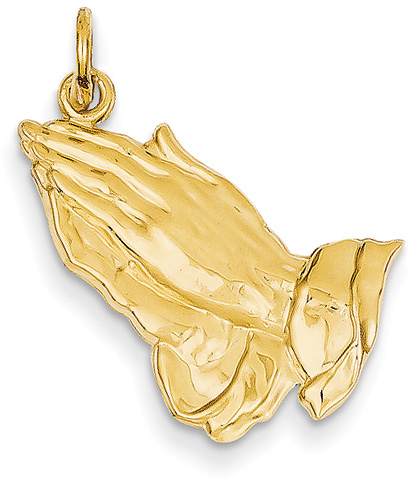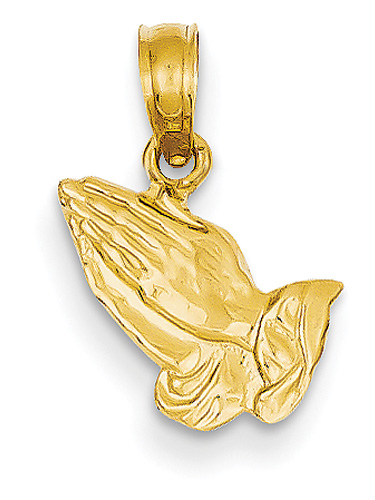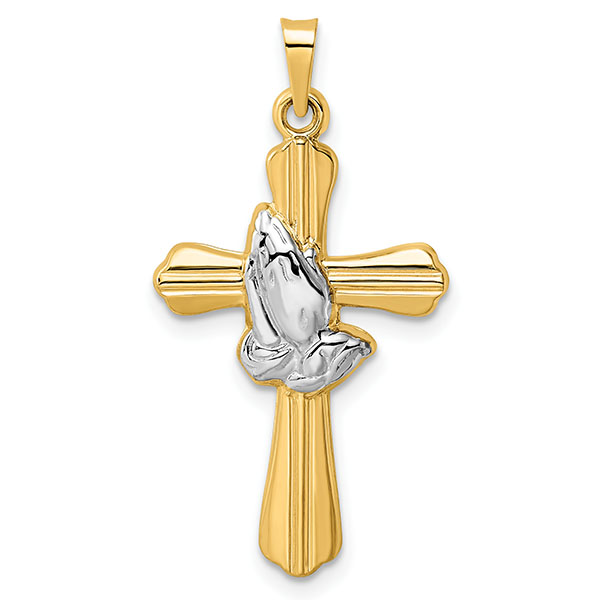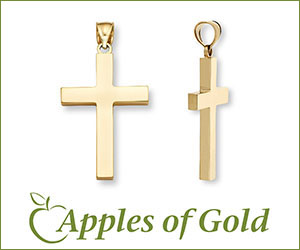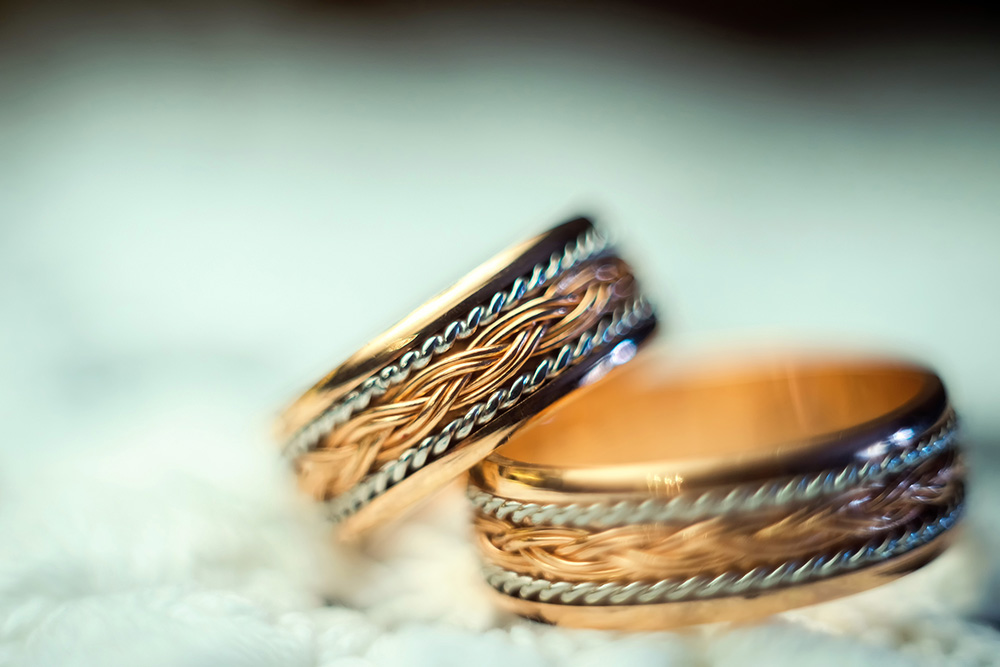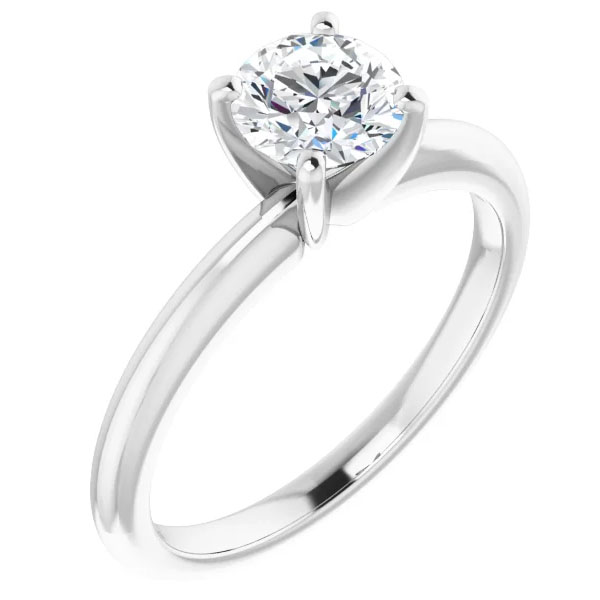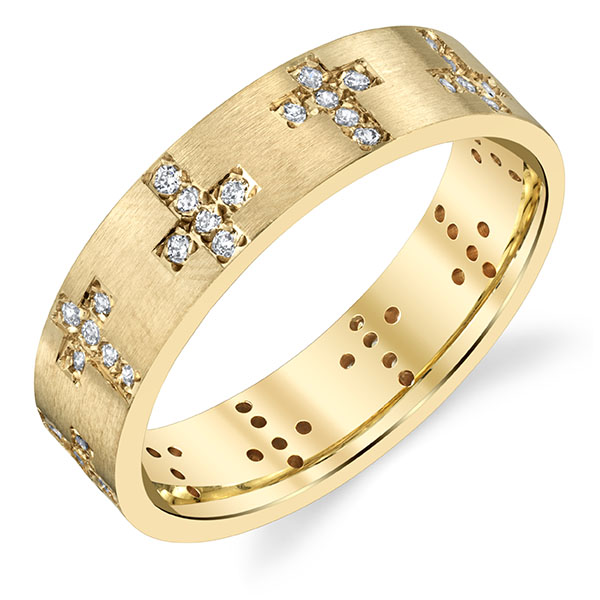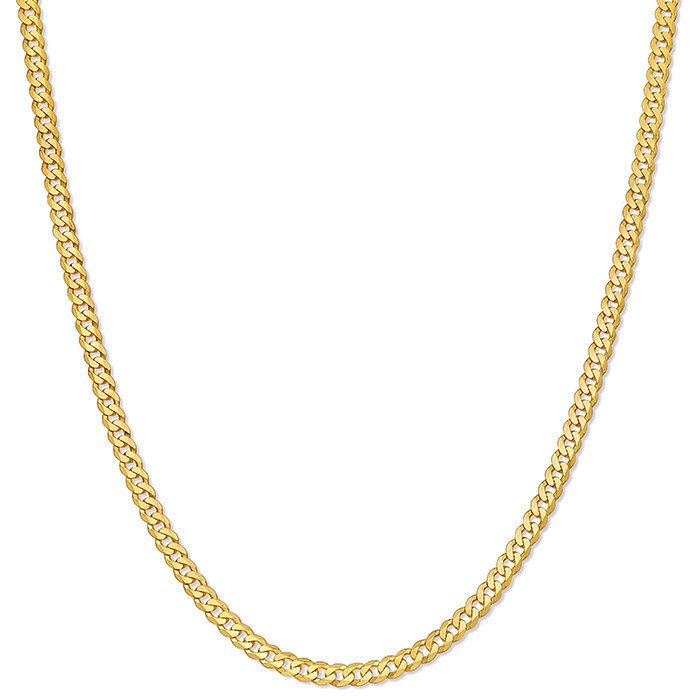Praying Hands Meaning
What is the Meaning of Praying Hands in jewelry and Christian art?
There is little that is more ubiquitous to mankind than prayer. No matter how much atheists might try to deny it, the instinct of mankind is to reach out to something or someone higher, because as humans we are surrounded by vivid reminders of how powerless we really are to exert any control on our environment. So from the beginning of time, mankind has been praying. For Christians, there are few more iconic symbols of prayer than of two hands clasped together. Where did the iconic symbol in praying hands pendants that you frequently see in art and jewelry come from?
The short answer is that it did not come from the Bible. There is no reference to folded or clasped hands in Scripture. When one’s hands are described in the context of prayer, they are always described as being “spread” (Exodus 9:29, 33 cf. 17:11-12; Solomon’s prayer of dedication: I Kings 8; Ezra 9:5), lifted up” (Nehemiah 8:6; I Timothy 2:8), or stretched out (Job 11:13; Psalm 44:20). Typically, the Bible describes hands as being spread and/or lifted in prayer. So where did this come from?
The Origin of Praying Hands
There are multiple possible answers to this and all of them may have elements of truth in them. First, while the Bible only describes spreading of hands, clasping hands did not seem to be unknown to the Jews, as the Jewish book of law and tradition, the Talmud, describes folding hands to pray as early as the post-exilic period following the Babylonian Captivity.
Another common and likely explanation for this posture comes from the Romans. The universal signal for surrender during Roman times was to fold one’s hands together (essentially giving their captors opportunity to bind or shackle them), much like holding up hands or waving a white flag is today. The early Christians may have adopted this into their practice of prayer, with the idea that prayer was a signal of surrender to and dependency on God for life itself.
Furthermore, clasping or folding hands in prayer is common throughout pagan religions along with Buddhist, Hindu, Muslim, and Sikh worshippers. Early Christians, surrounded by pagan worshippers and many times coming out of paganism themselves, may have simply adopted this posture of prayer when praying to their heavenly Father.
There also may be a physiological reason behind clasping hands in prayer. Bringing our hands together may (and to be clear, this is somewhat speculative) create a reaction on the part of the pituitary gland that some believe allows the body to adopt a state with mingled relaxation and focus. This may be why it feels almost instinctive to bring one’s hands together when focusing in earnest prayer, although how much of that is instinctive and how much is learned from the iconic image of hands being folded in prayer is impossible to ascertain.
Praying Hands in Art
Whatever the case, there is little doubt as to how this image became so iconic in Christianity. It comes from an ink drawing by the legendary German painter Albrecht Durer, created around 1508 for an altarpiece for a Dominican church in Frankfurt. This simple painting was known as “Study of the Hands of an Apostle” and achieved iconic status throughout the Christian faith for the last 500 years. Today, it is a ubiquitous symbol for prayer among Christians, both in art and in the practice of prayer.
Whatever the truth behind this posture, the reality of prayer is that we serve a God who hears our prayers no matter where our hands are or what posture we assume, prayers while worshipping in a church or begging for protection in a foxhole, in work or in play, times or mourning or rejoicing–it does not matter to God. He is a God who wants to hear the requests of His children, who invites us to have “come boldly unto the throne of grace, that we may obtain mercy and find grace to help in time of need” (Hebrews 4:16). If nothing else, the symbol of the praying hands can remind us of that.



